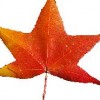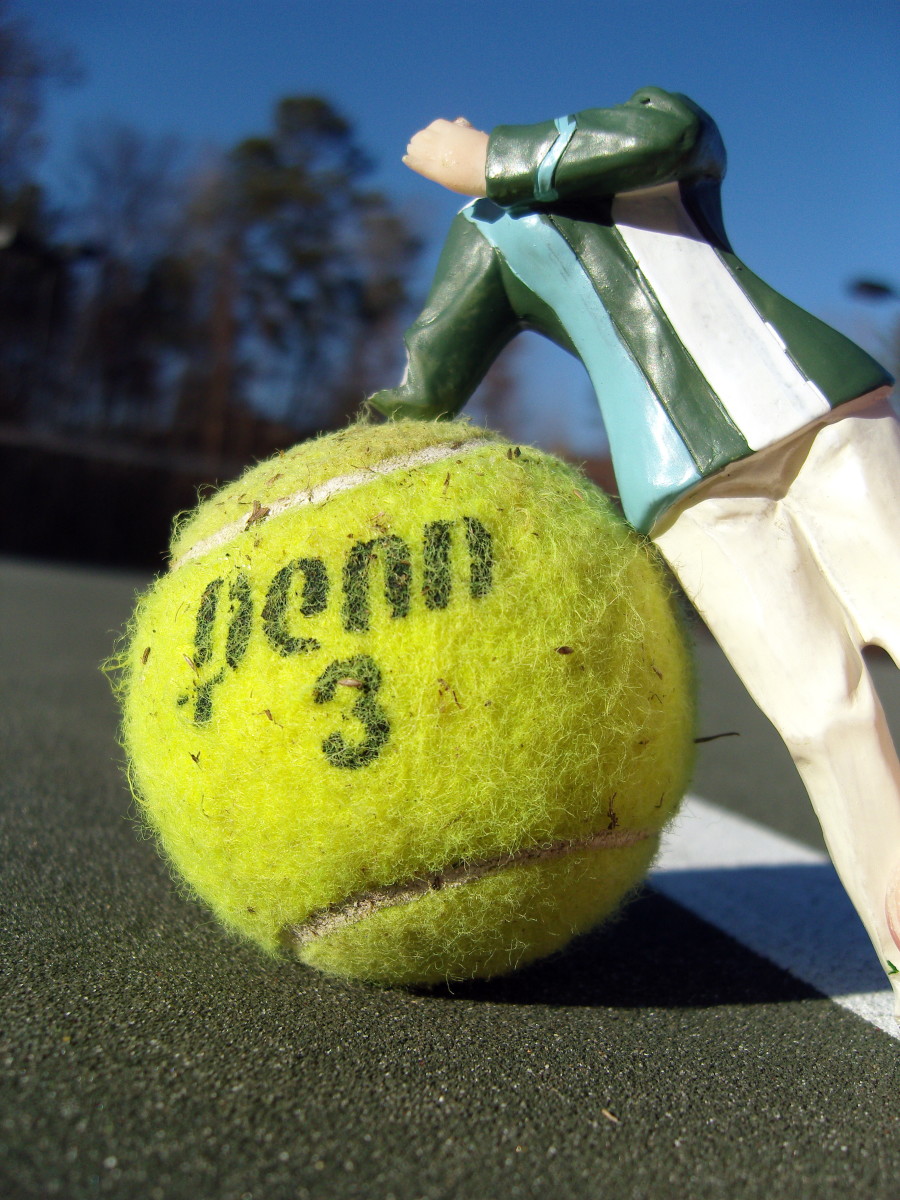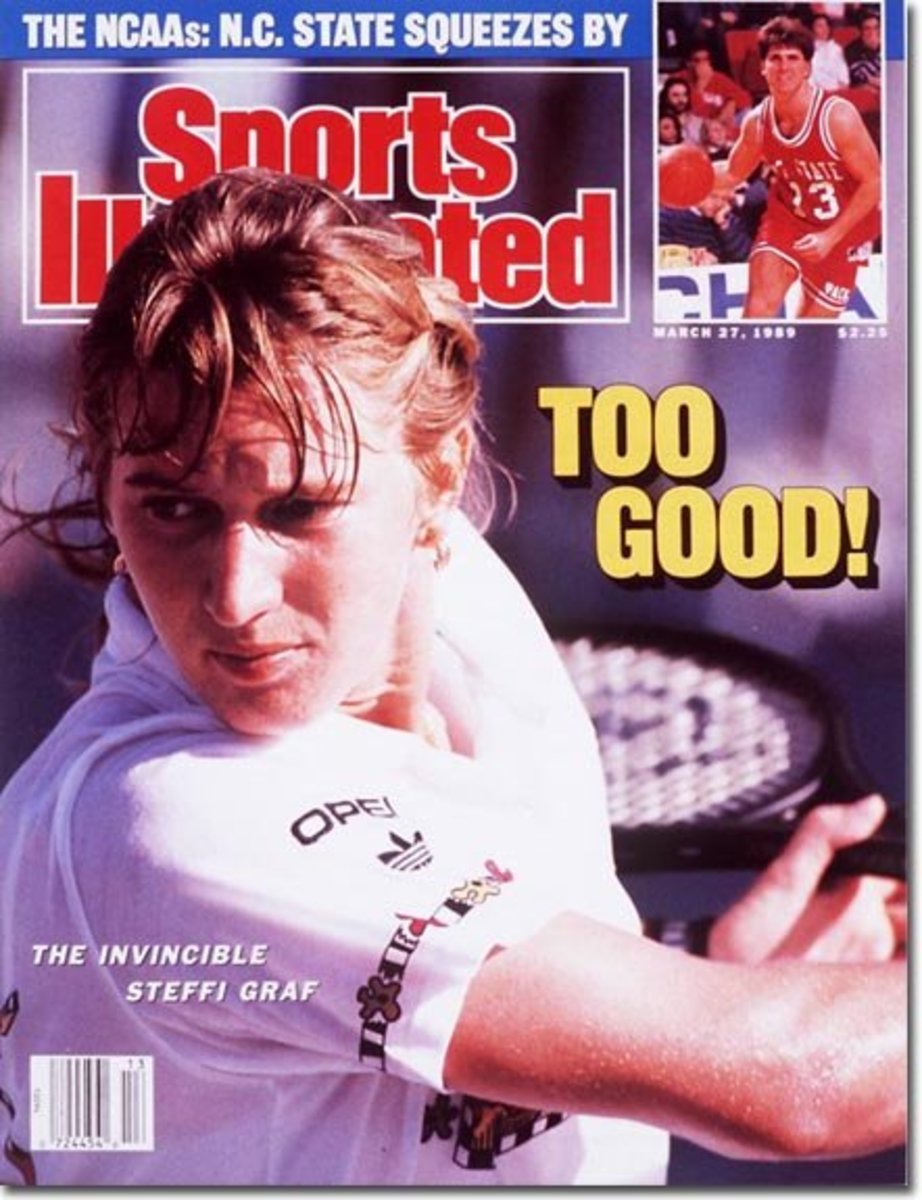How to Hit a Backhand
The Backhand
One of the more difficult fundamental shots to hit, the backhand is drastically different from the forehand. The difference between the two, is that the backhand stroke can be divided into two separate motion, the one-handed swing and the two-handed swing. As a one handed player, I will list how to hit both a one-handed and two-handed stroke, while also analyzing the benefits and weaknesses of each motion.
The Backhand
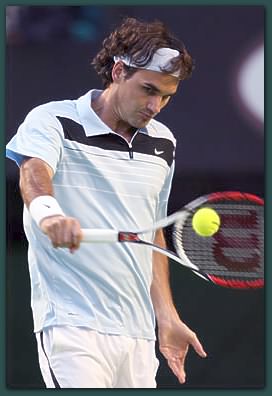
Footwork - The Ready Position
Linking together both the forehand and backhand strokes, the ready position is essential to the transition game (baseline to net, side to side movement).
The single most overlooked aspect of the game, and unknown to the masses, exceptional footwork can consistently make up for technical flaws. Despite this fact, the ready position is essential to the development of a player as it is a staple of the rally-ball diet, meaning, the ready position is a part of every single stroke.
Keys to the perfect ready position:
- spread the feet 1-2 inches wider shoulder length
- bend knees so that you are about 6-8 inches shorter than your standing height
- hold the racquet out in front of your body comfortably, with the head pointing forward. (hold a forehand grip)
Footwork
With the backhand, the footwork tends to vary based upon the situation. Therefore, I will be addressing exactly two of these scenarios: the out-wide shot, and the natural aggressive backhand.
To execute a proper out-wide backhand, on the footwork you must:
- From the ready position, with the right foot, step across your left. This step should be taken comfortably, while also making sure to take the correct length needed to get to the ball in time.
- Take your left foot, and step heel first, making sure to place all of your weight on this foot.
- Finally, with the right foot (which should now be dragging behind the left), take an aggressive step out to the left, making sure to simultaneously transfer your weight from the left to the right in order to contact the ball with maximum velocity.
- *Repeat step 1 of the out-wide backhand.
- *Repeat step 2 of the out-wide backhand.
- Finally, with the right foot, take an aggressive step into the court, making sure to simultaneously transfer the weight through the hips to the right leg.
Stroke Mechanics
From the ready position, and following the foot work, the stroke should proceed similar in synchronization as follows:
Stroke Mechanics
Footwork Steps
| Upper Body Steps
|
|---|---|
Step 1
| From the ready position, simply turn the shoulders 90 degrees counter-clockwise, making sure to face the left fence.
|
Step 2
| Begin pulling the throat of the racquet backwards with the left hand. This creates natural tension which you will unlease upon the ball later on.
|
Step 3
| Drop the racquet head down through the ball, making sure to keep your arm relaxed.
|
The Recovery
Unlike the forehand, which has two separate footwork patterns, the backhand has only one footwork pattern, the closed stance position.
To execute a proper backhand recovery, simply:
- Finish with the upper body, [for the one hander] past the shoulder on an ascending path, or [for the two-hander] just around the right bicep, in a straight line.
- swing the back leg, the left leg, around to the left side so that both feet are even, or both shoulders and hips are facing the net.
- Cherokee and side shuffle back to the center of the court.
The Two-Handed Backhand
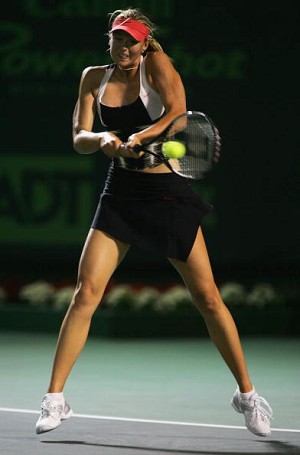
The Difference? - The One Hander vs. the Two Hander
A common question asked by amateurs is, "which should I choose, the one hander or the two hander?" To help you make this decision, I will merely list the pros and cons of each stroke, allowing you to make the decision for yourself which stroke is better.
The One Handed Backhand Pros:
- Better reach/longer extension for wide balls
- Easier switch between the backhand and slice
- Better angles
The One Handed Backhand Cons:
- Takes longer to learn
- More difficult to take on the rise
The Two-Handed Backhand Pros:
- Stronger shot, since both hands are used
- Steadier
- Better open-stance shot
The Two-Handed Backhand Cons:
- Must develop better footwork
- Less control over direction
For other great tennis articles, take a look at these!
- The Definitive Guide To Tennis Balls
The first ball out there that I would like to address is my favorite, the Dunlop. Specifically featuring the Dunlop Championship Heavy Duty ball, these balls are known for their feel and heaviness.... - How to Hit a Forehand
One of the most fundamental strokes of Tennis, the forehand key to the progress of both recreational and competitive players. In this article, the forehand will be broken down into several sections: ...
Personal Preference
In my own opinion, I believe that for those who are looking to establish a strong transitional game (serve and volley, quick approaches and better placement) the one-handed backhand is far superior to the two-handed stroke.
While neither choice is wrong, it is important to understand which type of game you are trying to develop.
The following table will outline the type of stroke you should choose in order to best support your game mentality:
Which is My Stroke?
Type of Style
| Which to Choose
|
|---|---|
Baseliner, Retriever, Ball-Striker
| Two-Handed Backhand
|
Serve-and-volley, Chip and Charge, Aggressive Baseliner
| One-Handed Backhand
|
